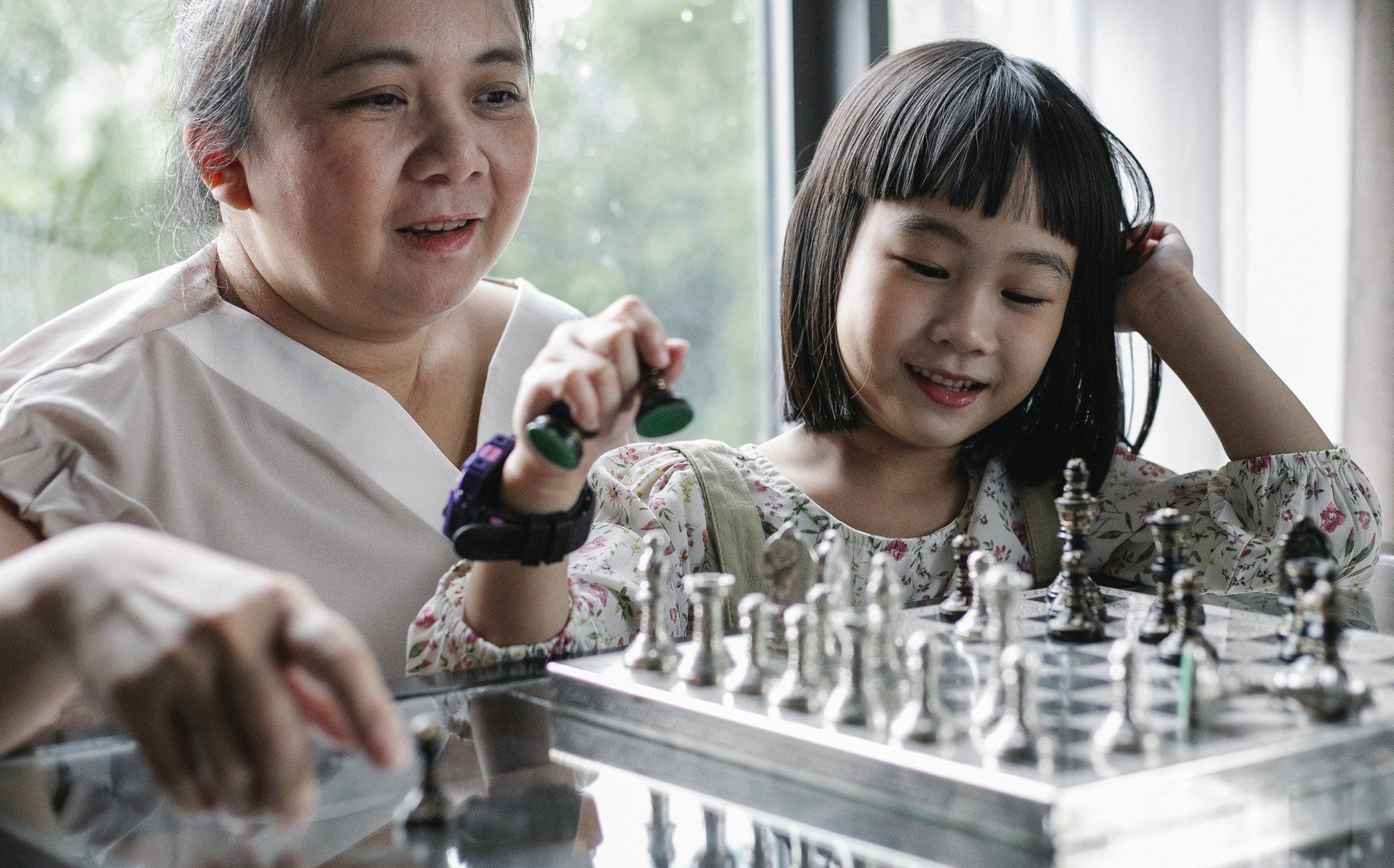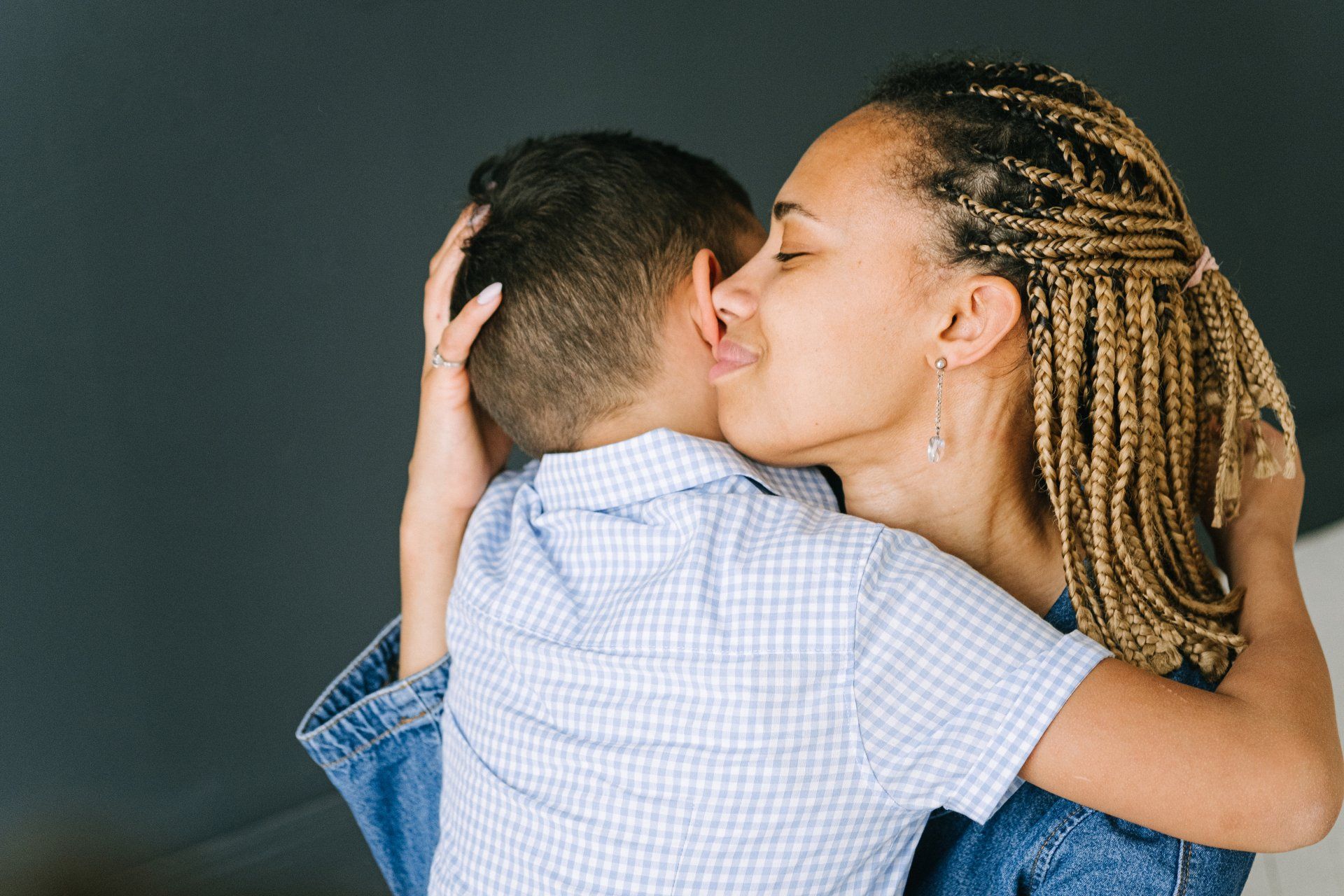How To Teach Your Children Resilience
Building Resilient Children

As much as you try and protect them, your children will at some time face tough times. You will hear complaints about: nobody wanting to play with them; being accused falsely; making a mistake and being judged for it; being rejected or ignored. You cannot stop those tears, but what you can do is teach them to bounce back.
Here are some thoughts and activities to build resilience in your children:
The 3 Ps to tell your children:
1. Permanence: The turning wheel
A good way to talk to your children about resilience is to explain that our lives are like a turning wheel. Teach your kids that sometimes we are on top of the wheel, where things are good and times are happy. Sometimes, the wheel turns and we find ourselves on the bottom of the wheel, going through tough times and challenges.
The point is that the wheel is always turning and when we are on the bottom we need to work though it to help that wheel move back up towards the top again.
2. Positivity: Reframing your thoughts
We need to teach our children how to deal with negative thoughts. If left, negative thoughts become self-beliefs and will mould children in the future. Every negative thought needs to be turned into positive thinking.
For example, when a child thinks, ‘I am bad because I did something wrong’, you can help reframe their thoughts by saying, “It’s true, you made a mistake but your mistakes helped you to learn a lesson. Now you know something that you didn’t know before."
3. Perspective: The mountain
Getting kids to see perspective of their problems is key to overcoming the challenge. A good example is to pick a mountain and to explain that the mountain remains a mountain, day in and day out, no matter the problem, no matter the worry, the mountain remains. When a child is faced with a worry that has them off-balance, they need to think of the mountain and how it stands tall because it is bigger than the small problems that passes it by.
Three games to build resilience:
1. Make a worry jar
Being able to recognise feelings is key to developing resilience. What’s more, talking about things also helps. With a worry jar, you get to start conversations with your child about life’s tough stuff without them having to dominate your lives.
First, talk to your child about any worries or fears they may have. Say something like, “Have you been thinking about problems or scary things lately? It’s normal to think about your problems, it’s called worrying.
So today, we’re going to give your worries a place to go so you can feel a bit better, we’re going to make a Worry Jar.” Help them to write these down or draw pictures of them on pieces of paper. Next, decorate a large glass or plastic jar – use paint, stickers, markers, whatever your child wants.
Then it’s time to put the worries you drew or wrote down into the jar and explain what this process is all about to your child. “This Worry Jar is a place to put your worries so they don’t get too big – you can put your worries in here any time.
Talking about your worries also helps, and you can always tell me about what’s bothering you.” This should give you an opportunity to explore the worries your child has and talk about them openly, explore possible solutions with them, model resilience and (most of all) let your child know that they have your support no matter what.
2. Play musical chairs
This old childhood game is a great one for resilience, as it teaches your child that you don’t always win – and that that’s okay! It’s one of the hardest lessons to learn for a child, so why not have some fun while you’re at it?
Gather some friends or family members to play with and at the end of the game, talk about how it felt to be without a seat and having to sit out the game. Being the odd one out brings with it some surprisingly strong emotions, and this game helps children learn how to cope with those feelings.
3. What’s the hard part?
Problem-solving is key to resilience. Help your little one develop problem solving skills in the moments where they are frustrated.
If you see them feeling discouraged or wanting to give up on something, ask them, “What’s the hard part?” When they answer you, repeat it back to them so that you help them identify the challenge clearly. Then ask them what they could do to ‘fix’ the hard part.
For example, “Figuring out how to connect those Lego blocks is hard. What could you do to fix it?” This encourages them to persevere and find solutions, even if it takes time to do it. Let them figure it out on their own, guiding them if you need to – but don’t solve the problem for them (“What would happen if you turned the block around?” for example).
Characteristics of a resilient child (what we are aiming for):
- Solves problems effectively
- Asserts themselves
- Shows initiative
- Shows empathy towards others
- Is self-aware of their abilities
- Can act independently
- Asks for help when its needed
- Is secure in their own ideas
- Is motivated to do their best
- Adapts when things don’t go to plan
- Has a generally positive attitude
A child’s resilience has more to do with their connection to people, their confidence in their own abilities, and how they are enabled to cope with life’s problems than anything else. And it is something that is constantly under development, so there are always moments and ways to help your child develop this life skill.
Sources
9 Activities To Build Grit and Resilience in Children
Helpful Emotional Resilience Activities for Kids
Resilience guide for parents and teachers
Resilience: how to build it in children 3-8 year














